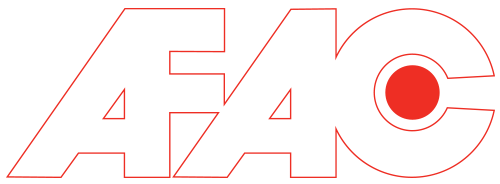
In the fast-paced world of metal finishing, precision and efficiency are key to achieving exceptional results. Every step in the process requires careful attention to detail, and masking plays a crucial role in protecting specific areas from coatings, plating, or treatments. To streamline your metal finishing operations and elevate your craftsmanship, pre-cut masking shapes are an absolute must-have. Let’s explore five compelling reasons why incorporating pre-cut masking shapes into your workflow can revolutionize the way you approach metal finishing projects.
- Unparalleled Precision and Consistency
When it comes to metal finishing, precision is non-negotiable. Pre-cut masking shapes offer unparalleled precision and consistency, ensuring that each masked area is accurately protected. These shapes are meticulously crafted using advanced technology, guaranteeing uniformity and symmetrical designs. By eliminating the need for manual cutting or measuring, pre-cut masking shapes enable you to achieve sharp, clean lines effortlessly. Say goodbye to uneven edges and inconsistent masking, and welcome flawlessly protected surfaces with ease.
- Significant Time and Labor Savings
In the metal finishing industry, time is of the essence. Every minute counts, and efficiency directly impacts productivity and profitability. Pre-cut masking shapes provide significant time and labor savings by streamlining the masking process. Instead of spending valuable hours manually cutting and shaping masking materials, you can simply peel and apply pre-cut shapes to the desired areas. This time-saving convenience allows your team to focus on other critical aspects of metal finishing, accelerating project timelines and increasing overall output.
- Versatility for Diverse Applications
Metal finishing encompasses a wide range of applications, from automotive parts and aerospace components to architectural structures and industrial equipment. Pre-cut masking shapes offer unparalleled versatility to cater to diverse project requirements. Whether you need to mask complex curves, irregular surfaces, or intricate patterns, these shapes are designed to adapt to various contours seamlessly. Their flexibility empowers you to handle diverse metal finishing projects with ease and precision, regardless of complexity.
- Clean Removal and Surface Protection
When it comes to masking, clean removal and surface protection are paramount. Traditional masking methods often leave behind residue or damage the delicate surface being protected. However, pre-cut masking shapes are specifically engineered to adhere securely during the finishing process and peel off effortlessly upon completion. This ensures a clean removal without any adhesive residue or surface damage, preserving the integrity of your metalwork. Say goodbye to time-consuming cleanup and rework, and embrace a hassle-free masking experience.
- Cost-Effective Solution for Enhanced Efficiency
In the metal finishing industry, efficiency directly impacts your bottom line. While the upfront investment in pre-cut masking shapes may seem higher compared to traditional masking materials, their long-term benefits far outweigh the costs. By eliminating material wastage and reducing the need for manual cutting, pre-cut shapes offer a cost-effective solution that enhances efficiency and productivity. The time saved from using pre-cut masking shapes can be reinvested in other revenue-generating activities, leading to increased profitability for your metal finishing business.
In conclusion, pre-cut masking shapes are essential tools for the metal finishing industry. With their unparalleled precision, significant time and labor savings, versatility for diverse applications, clean removal, and cost-effectiveness, these shapes empower you to elevate your craftsmanship and streamline your operations. Incorporating pre-cut masking shapes into your metal finishing workflow will revolutionize the way you approach projects, enabling you to achieve exceptional results efficiently and consistently.
Remember, in the metal finishing industry, precision and efficiency are the cornerstones of success, and pre-cut masking shapes are the key to unlocking your full potential!








